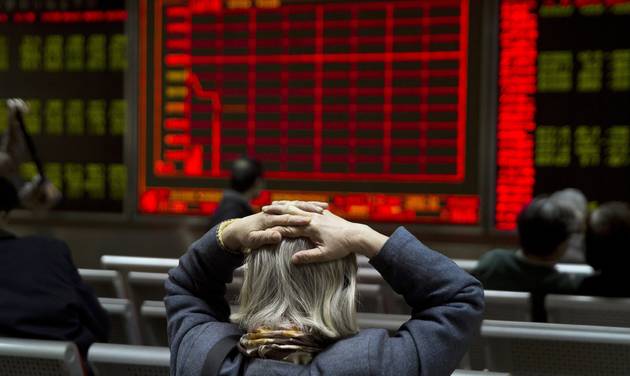Stoxx 600: a positive but delicate construction

In January, I wrote an article about the situation of the Stoxx 600 Index, indicating that it had a good strength and that some pattern studies suggested that the Index could lead to a probable formation of a higher low before to start a new uptrend leg (1). In reality the retracement begun later: the bullish short term trend easily crossed the down trend line (b), the resistance level of the previous 2015 high, situated at Fibonacci level of 23,6% (a), and topped in May with an higher high (H1). Then we had a retracement that apparently stopped at the 38.2% Fibonacci level, forming the aforementioned higher low (L1). The oscillator also turned upward after touching the zero line (c).
If we consider the movement of the oscillator and we compare it with the past situations, we could note that a pattern emerges: in the last twenty years, when the oscillator comes from an oversold situation of more than -10% and upcross the zero line (see vertical blue lines in the following graph), it tends to retrace towards zero line and then reverse (see green arrows and dotted green lines on the graphs). This usually coincides with a retracement in the price curve (which has historically ranged between 8,97% and 15,73%), which then resumes its bullish trend. A question comes up spontaneously: could the point indicated with (a) be the inversion point?
An interesting evidence that the Index has regained a good strength is that the most part of its Supersector components are returned over their 200 days moving average prices. You can see in the next graph a diffusion indicator, that calculates this condition and when exceeds the level of 12, together with the Macd cross over of the zero line (see in the graph the green vertical lines), we have a signal that generally anticipates a new uptrend: an exception occurred in 2012, where we had to wait a new signal, always in the same year, to have a real confirmation of the uptrend. It is the same situation that it is happening now, but it is reasonable to wait at least a few more weeks for a reliable confirmation.
In fact, if we evaluate the Stoxx 600 index on the basis of its relative strength versus the Msci World Index, we must carefully consider some evidence. As we can see from the following graph, after the last peak that the index reached in May (a), a break in the trend on the relative force indicator followed (b), and even penetrated, albeit slightly, the support levels of the last twenty years (c). It is true that the indicator has then reversed, but the movement is too recent to make reliable considerations.
Interestingly then note in the next graph that from the May peak (a) the Stoxx 600 Index is strictly and negatively correlated with EurUsd.
And if we evaluate the index in USD, we can see that the price level broke the historical down trend line.
(1) https://www.marketplus.ch/news/has-the-stoxx-600-index-started-its-return-match.html
Mario Valentino GUFFANTI CFTe – SAMT Vice President – Swiss Italian Chapter – mario.guffanti@samt-org.ch
Disclaimer: the above article is for general information and educational purposes only. It is not intended to be investment advice. Seek a duly licensed professional for investment advice.

